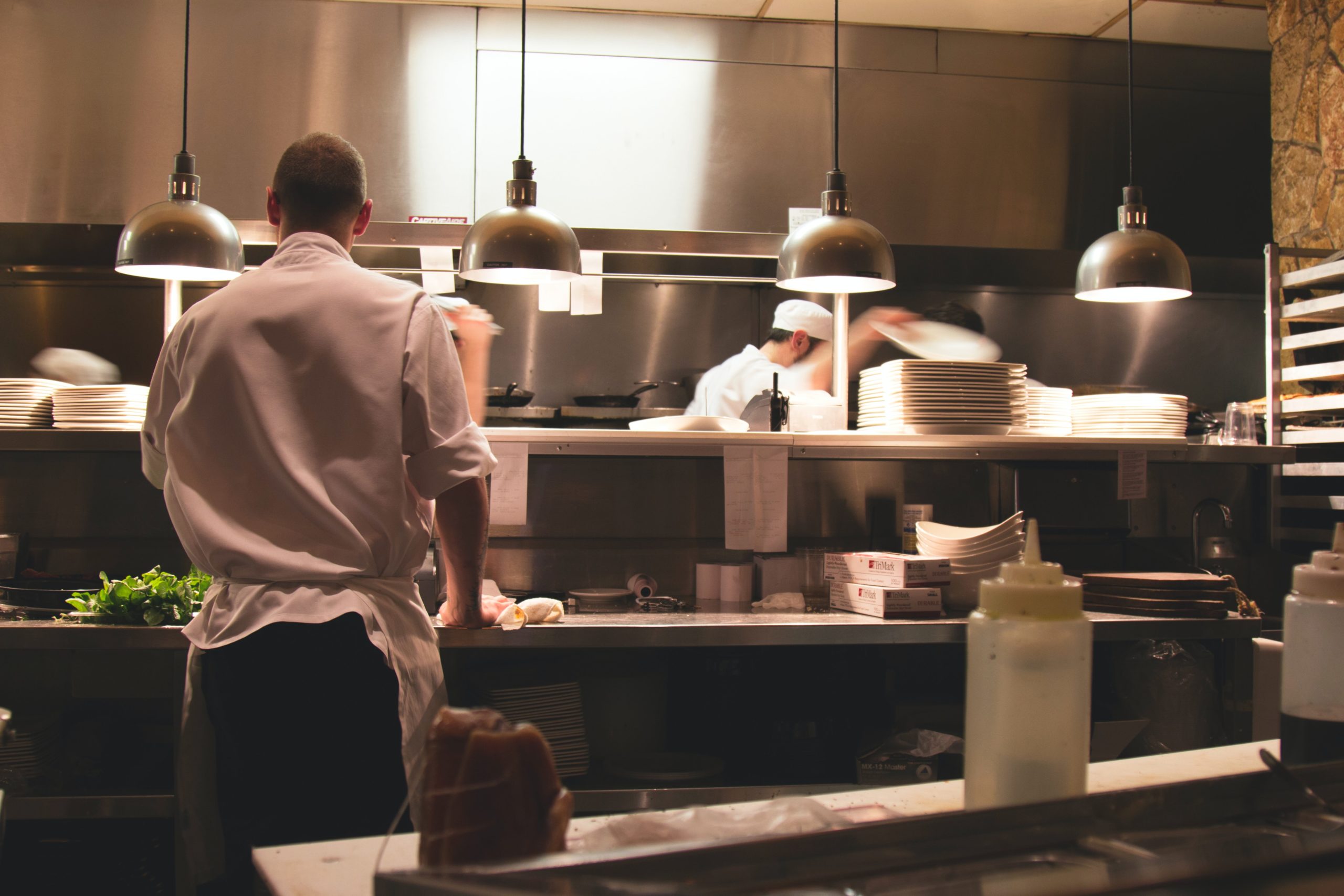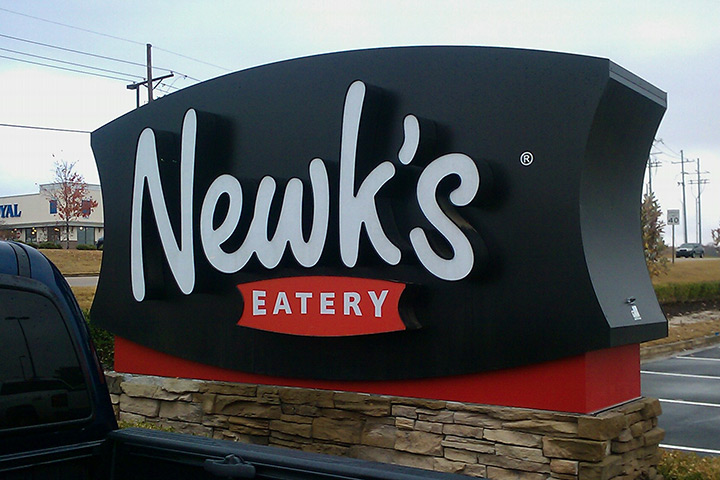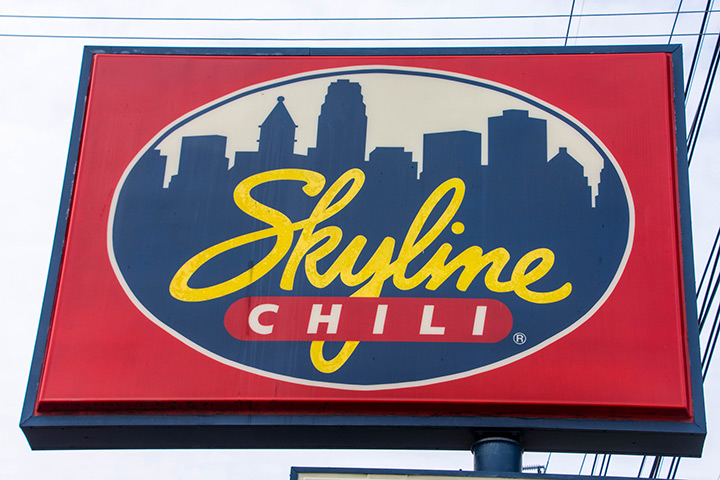Table Of Contents
Americans dine away from home several times a week – 5.9 times to be exact, as reported by Business Insider. From a quick sandwich or salad at lunchtime to an all-out romantic candlelit dinner, eating out is tempting because of the comfort and pleasure that all-time favorite foods bring. Whether you’re a self-confessed foodie or you’re thinking of opening your own restaurant, you may wonder what makes a food business successful. After all, research indicates that around 26% of new restaurants fail during their launch year (Parsa et al, 2005).
There are so many factors to consider, including fluctuating food costs, payroll, and taxes, that many business owners are quickly overwhelmed. For this reason, a small restaurant business plan is essential for anyone thinking of opening a restaurant. Read on to discover important findings on the subject.
A Model For Success
Three important bodies of research are often cited when discussing restaurant success. These are the Parsa study mentioned above, a study by Camillo et al (2008) and a third study by Karim et al (2011). A 2014 review shows that these studies overlap to a great degree in their findings. Top qualities of most successful restaurants include over 12 characteristics, but the foremost of these include having a distinct concept, culinary and hospitality management/a pertinent educational background, flexibility and creativity, and offering staff a good balance between family and work life. Additional characteristics defined by respective studies included value for money, good quality produce, care for local businesses, and taking decisions that make long-term economic sense.
Care For Staff Is Key
If asked what is key for you when deciding upon a special restaurant to celebrate an occasion, the average diner would probably answer that great food and a cracking ambience are key. However, these concepts are the result of hard work behind the scenes. Both formal and case studies have shown that expressing values well to staff and offering them a good balance between work and personal life are key. Offering fair to good conditions and covering staff for workplace accidents through restaurant insurance are equally vital. Although restaurant work isn’t obviously risky, chef and food preparation tasks can be. Therefore, workers need to know that they are covered for everything from wage loss to emergency needs and post-injury care. All these ‘unseen’ factors go into creating a relaxed, happy ambience that is, in turn, shared with clients.
Case Studies Reveal New Secrets
In the 2014 review, the researchers spoke to two successful restaurateurs, one of whom was New York restaurateur, Danny Meyer (who owns various restaurants in New York – including fine dining, quick service and café venues). Meyer’s list of ‘musts’ is similar but not identical to those mentioned above. There are five of them: employees (keeping them happy and rewarded), guests (making them feel welcome), community (supporting the local community so as to build vital connections), fair treatment of suppliers, and choosing investors who believe in the long term. The second restaurateur, Tom O’ Connell (a successful restaurant owner for 15 years) identified similar requirements but added two more: using top quality ingredients and embracing social media and technology.
The secrets of a great restaurant are no surprise. A great concept needs to be supported by good food, a happy staff, loyal clients, and a community that is glad your business is around. Social media is also playing a vital role it did not have just a decade ago, as is top tech such as automated payment services and other technologies that can help restaurant owners anticipate what diners demand. And if you are looking to digitize your receivables and move your manual financial processes to the cloud, then you might want to consider implementing B2B payments in your business.






